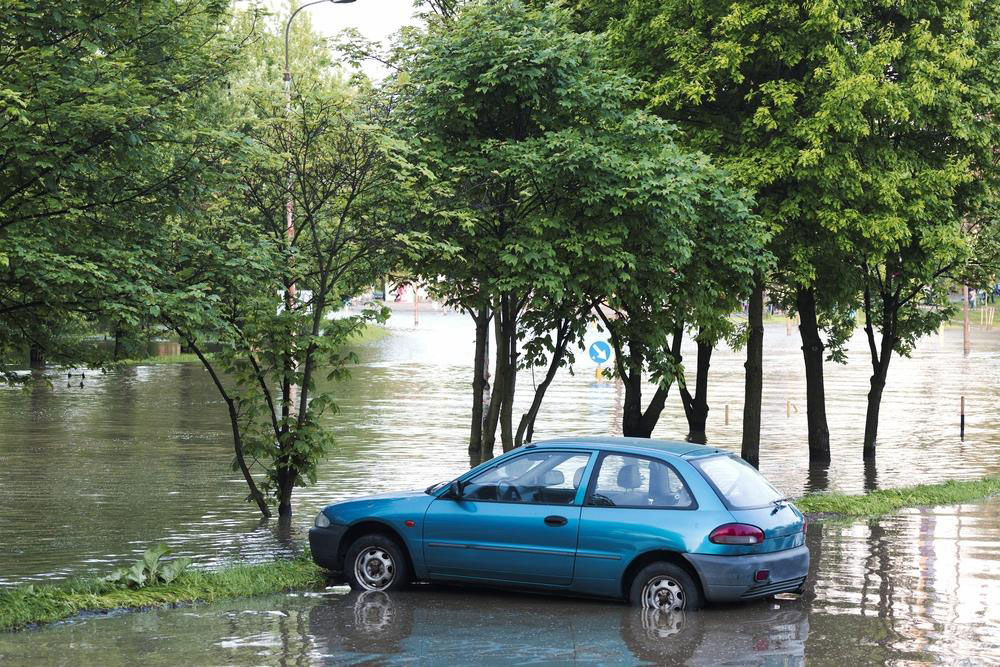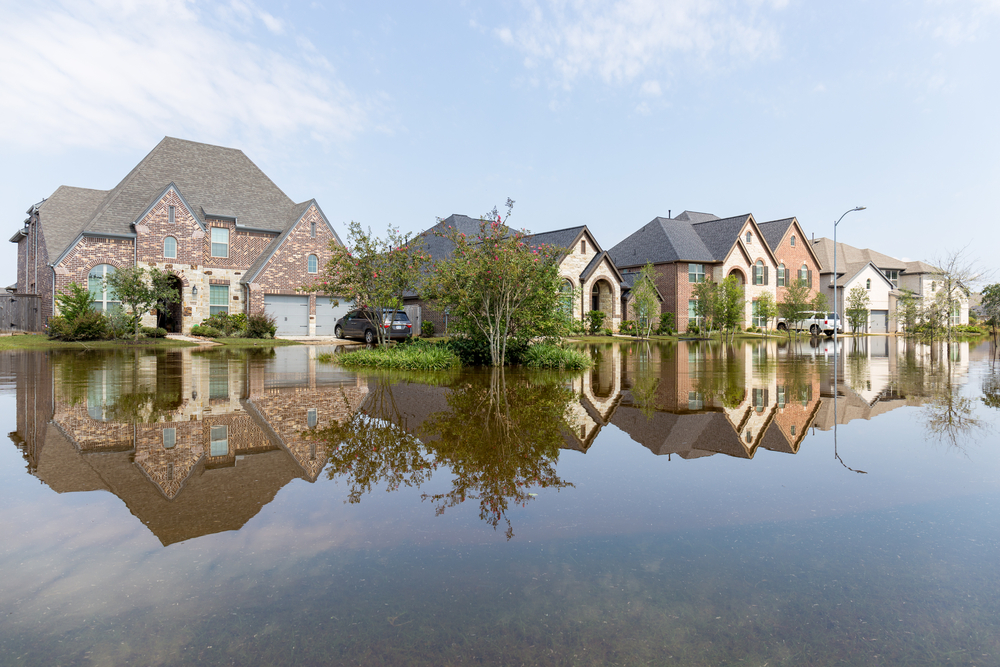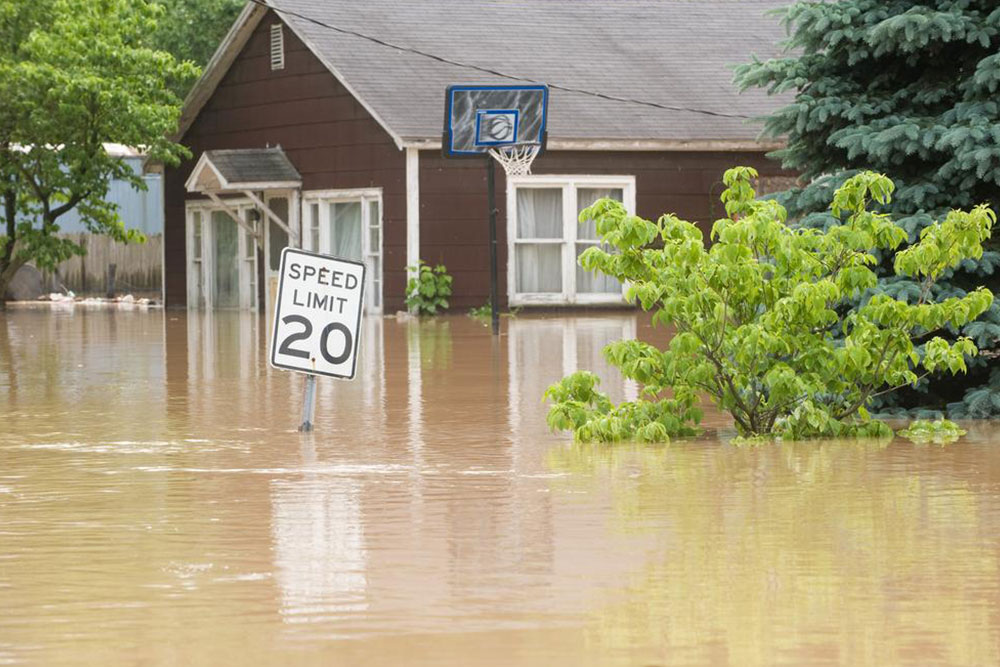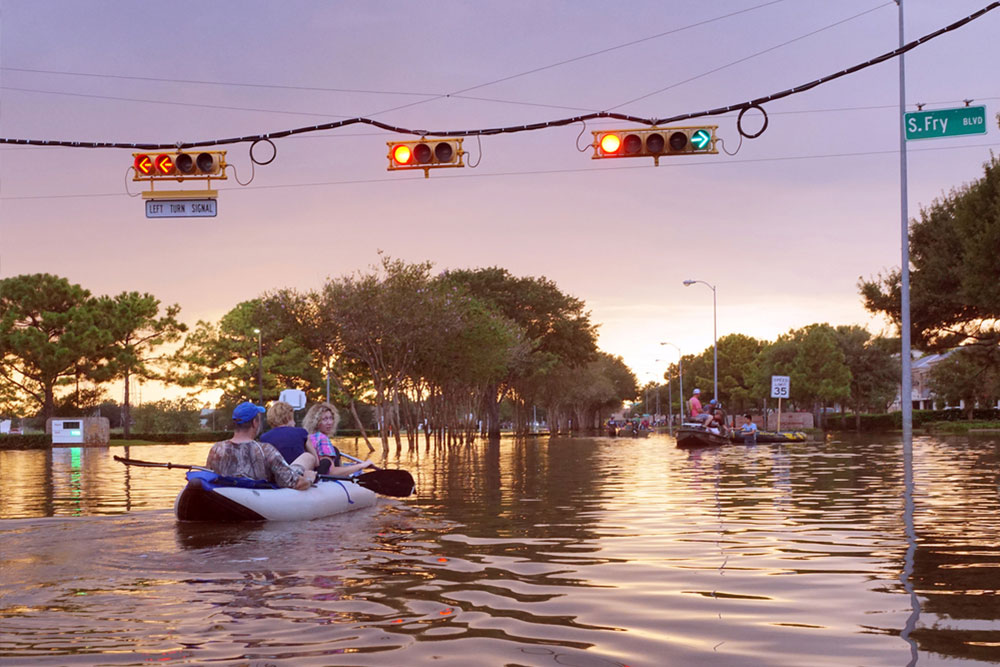Comprehensive Guide to Flood Insurance: Safeguarding Your Property Against Natural Disasters
This comprehensive guide highlights the critical importance of flood insurance in protecting properties from natural disasters. It covers how FEMA flood insurance works, benefits of coverage, eligibility, and tips for choosing the right policy. By understanding flood zones, premiums, and policy details, homeowners can make informed decisions to safeguard their assets. Flood insurance is essential not only in high-risk zones but also for properties in moderate and low-risk areas, making it a vital safety net for all property owners in flood-prone regions. Proper coverage ensures quick recovery and peace of mind during unexpected floods.
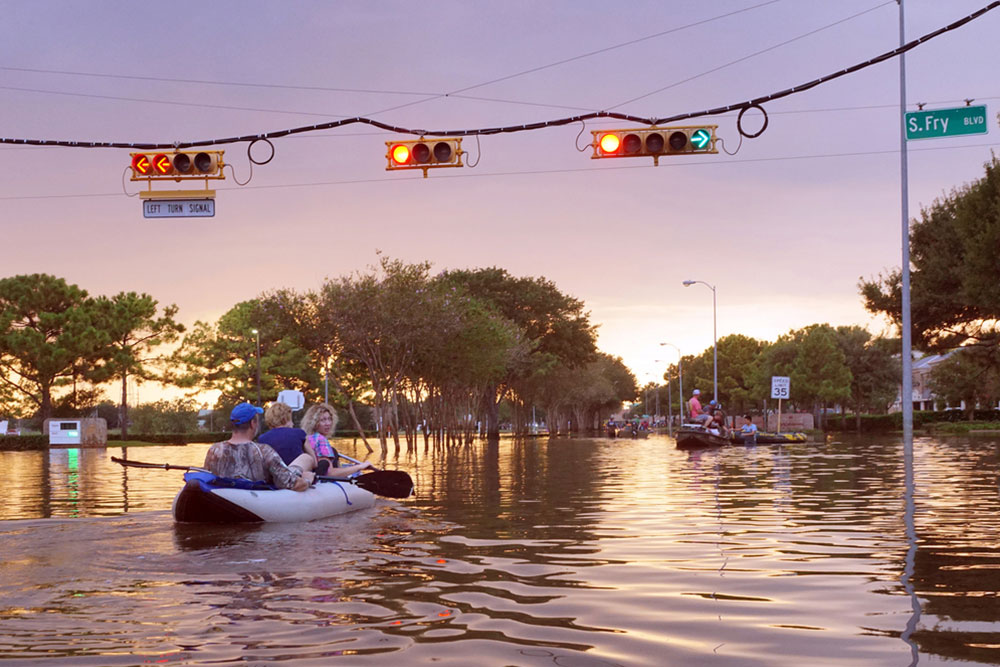
The Significance of Investing in Flood Insurance
Flooding incidents pose a serious threat to residential and commercial properties, capable of causing extensive damage and financial hardship. During sudden heavy rains, hurricanes, or rising water levels, properties in flood-prone areas can suffer catastrophic loss, often leaving homeowners and business owners grappling with insurance claims and recovery efforts. To mitigate these risks and protect valuable assets, understanding the importance of flood insurance becomes essential. Flood insurance acts as a crucial financial safety net, ensuring that property owners can recover swiftly and effectively from flood-related damages.
Many individuals underestimate the risk of flooding, especially if their properties are outside designated flood zones. However, floods do not discriminate; they can affect areas considered low risk, especially with changing climate patterns and unpredictable weather events. Secure flood coverage is accessible for residents regardless of their proximity to water bodies, providing peace of mind knowing that they are protected against unexpected natural disasters.
Here are detailed reasons why purchasing flood insurance is a prudent move for property owners:
The Federal Emergency Management Agency (FEMA) Flood Insurance Program offers critical financial assistance, helping homeowners and renters cover repair and replacement costs after a flood event. This support reduces the overall financial burden during emergencies, ensuring communities can rebuild more resiliently.
Flood insurance is available not just in high-risk flood zones but also in areas with moderate to low flood risk. This broad accessibility allows property owners outside urban flood zones to obtain coverage and safeguard their investments.
Designed to be affordable and simple to purchase, flood insurance plans are structured to fit the needs of most homeowners. Affordable premiums and straightforward processes enable widespread participation, making flood preparedness feasible for many.
Most flood insurance policies are transparent, with clearly defined coverage terms that exclude hidden clauses or surprises during claims processing, ensuring reliability and trustworthiness.
The average annual premium for flood insurance hovers around $700, but this amount can vary depending on the property's location, flood zone classification, and the level of coverage selected.
FEMA flood insurance policies must be purchased through authorized agents or brokers. Direct purchase from FEMA isn’t available to consumers. If your insurance provider does not offer flood coverage, you can obtain information and purchase options directly from FEMA's online resources or authorized agents.
Consult with insurance professionals to determine whether flood insurance is suitable for your property and to understand the specific benefits it provides for your unique circumstances.
Investigate whether your community participates in federal or local flood insurance programs, as participating areas often have added benefits and coverage options.
Assess your property's flood zone status, which influences both the necessity for insurance and the premium costs. Properties within high-risk zones generally require mandatory flood insurance, while lower-risk zones may benefit from reduced premiums.
Some properties, especially those with financing from federally-backed loans, are legally required to carry flood insurance to protect both the lender's and the borrower’s interests.
Carefully review the policy coverage options, paying close attention to the maximum settlement limits and terms to ensure adequate protection in case of a flood.
Understand the key differences between actual cash value (ACV) coverage—which accounts for depreciation—and replacement cost coverage, which reimburses the full cost of repairs without depreciation deductions.
Engage in detailed discussions with your insurance agent to tailor a flood insurance plan that best fits your property’s needs, risk level, and budget.
Owning property near water bodies, or residing in historically flood-prone regions, underscores the importance of securing FEMA flood insurance. It ensures that your property and possessions are safeguarded against devastating natural disasters, providing financial security and peace of mind during challenging times.
